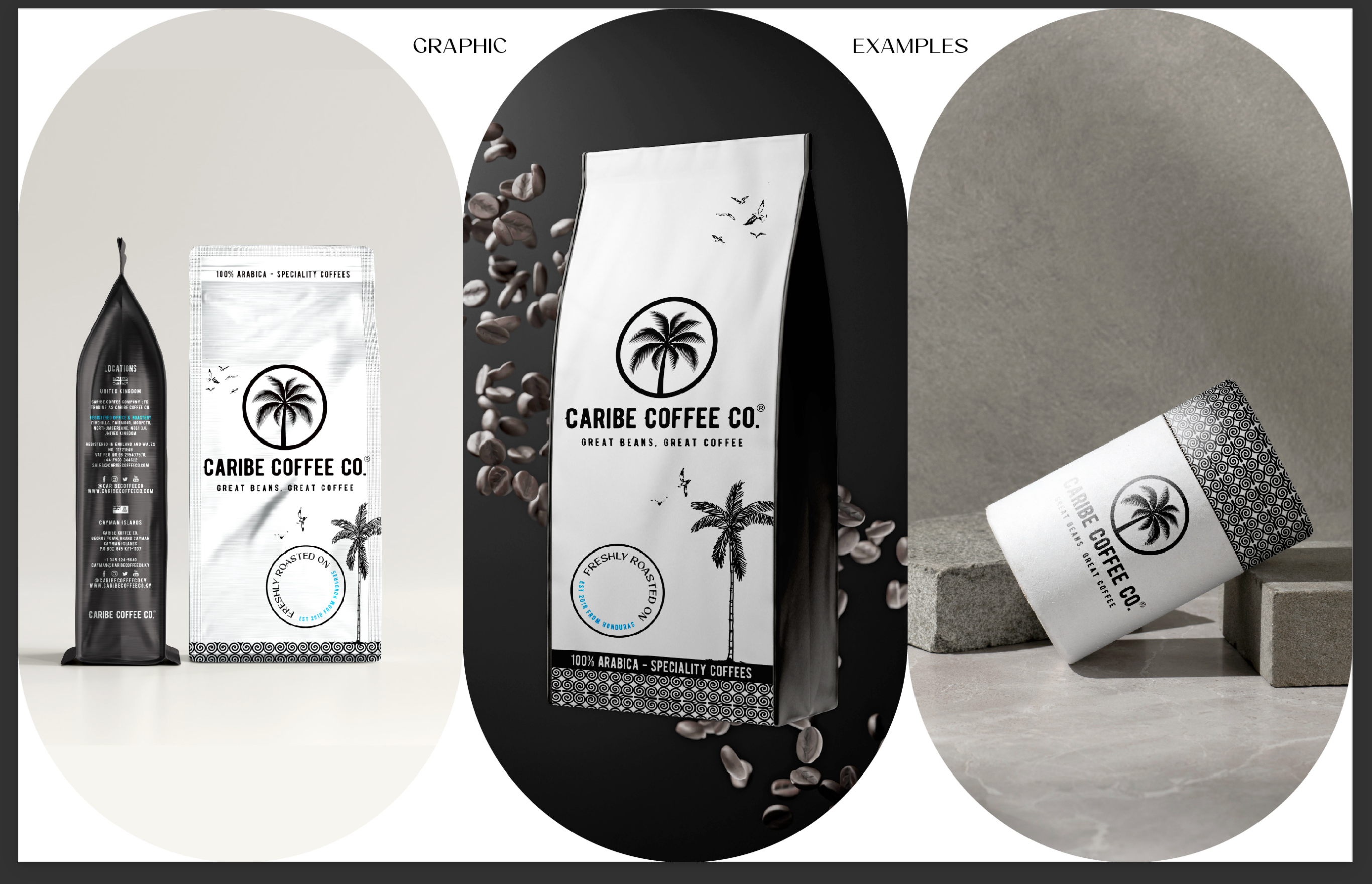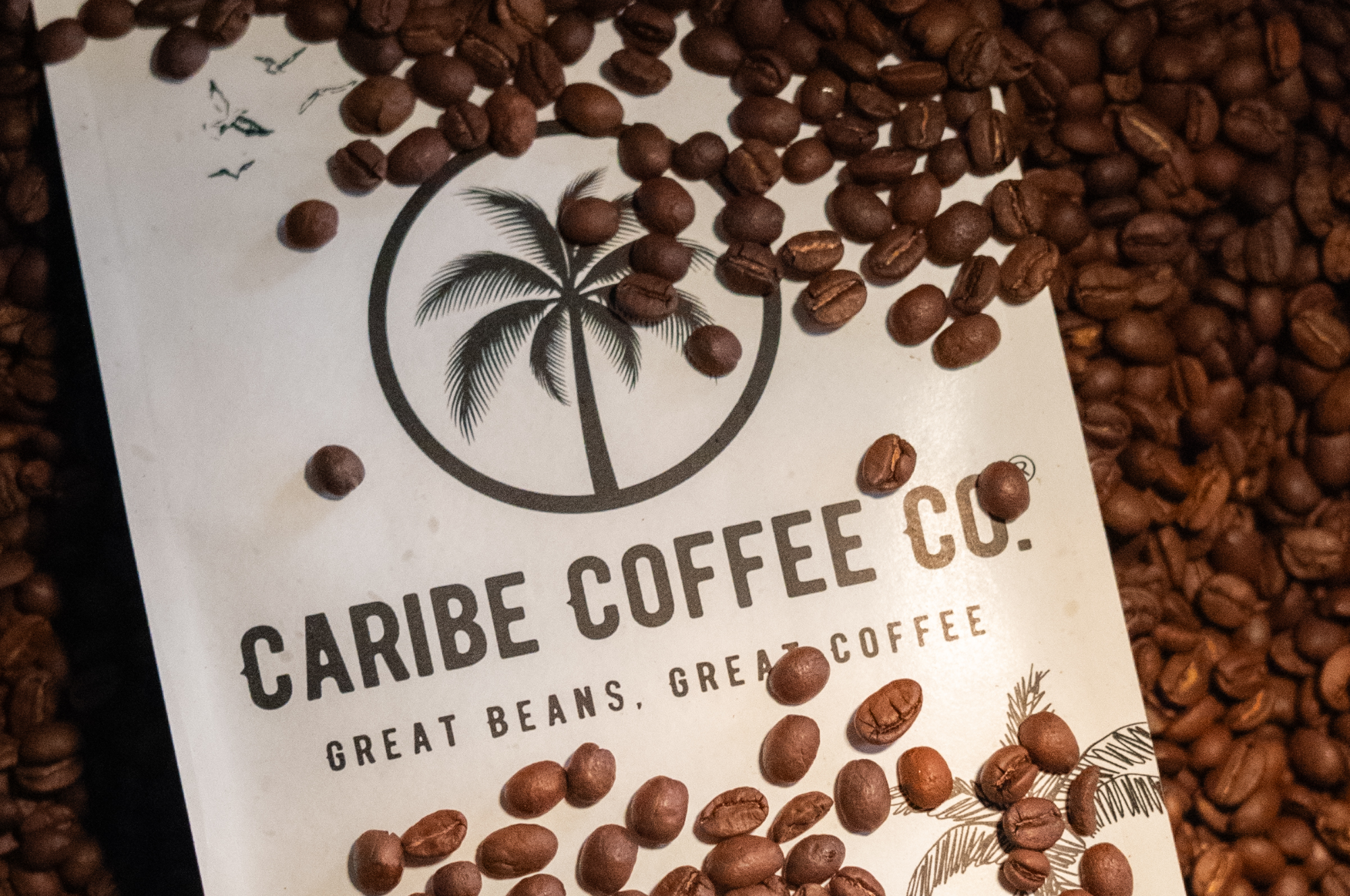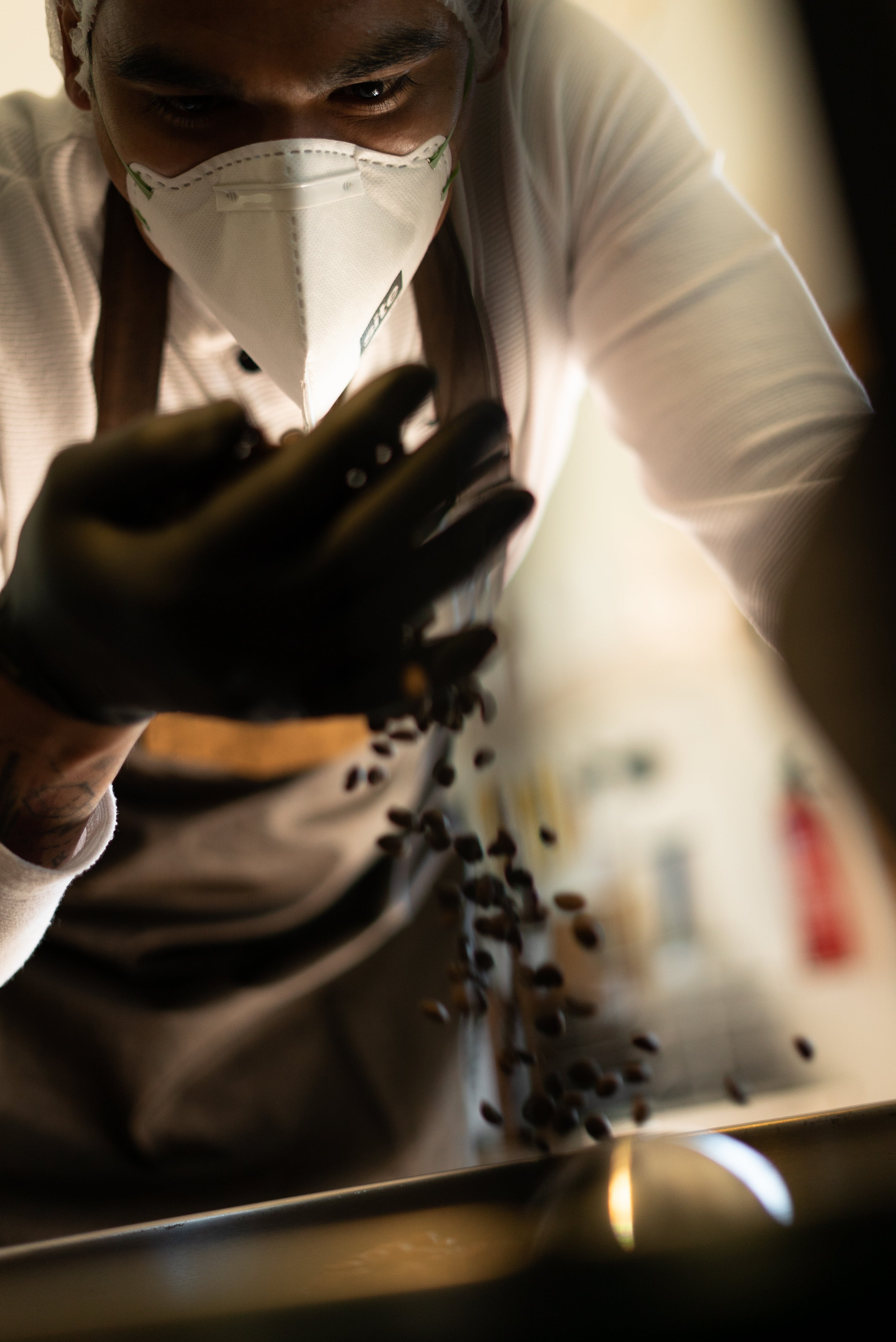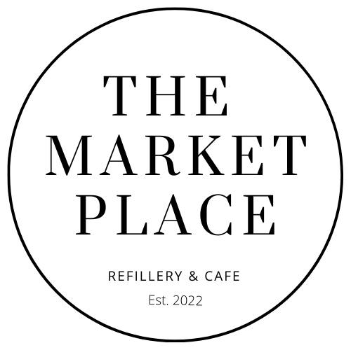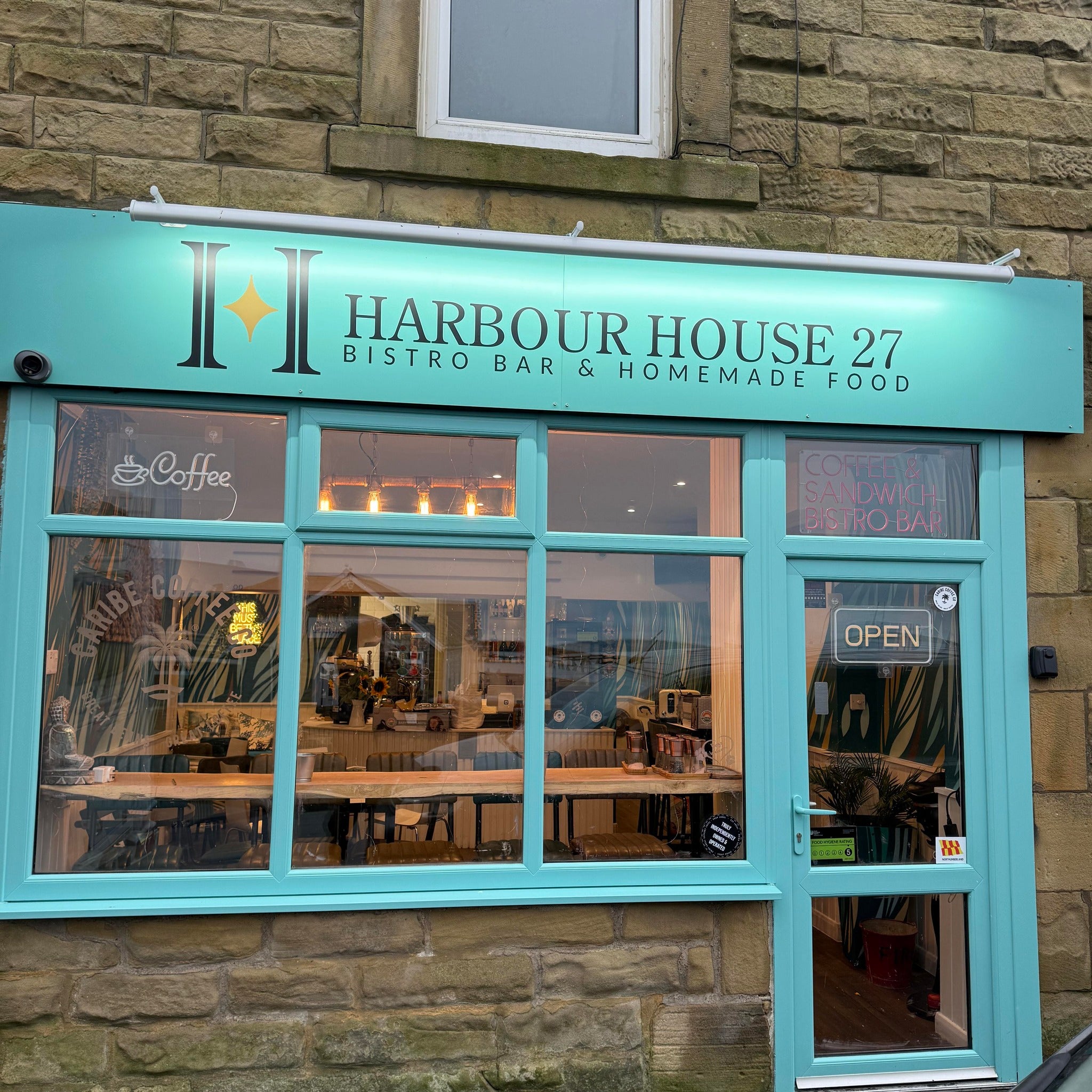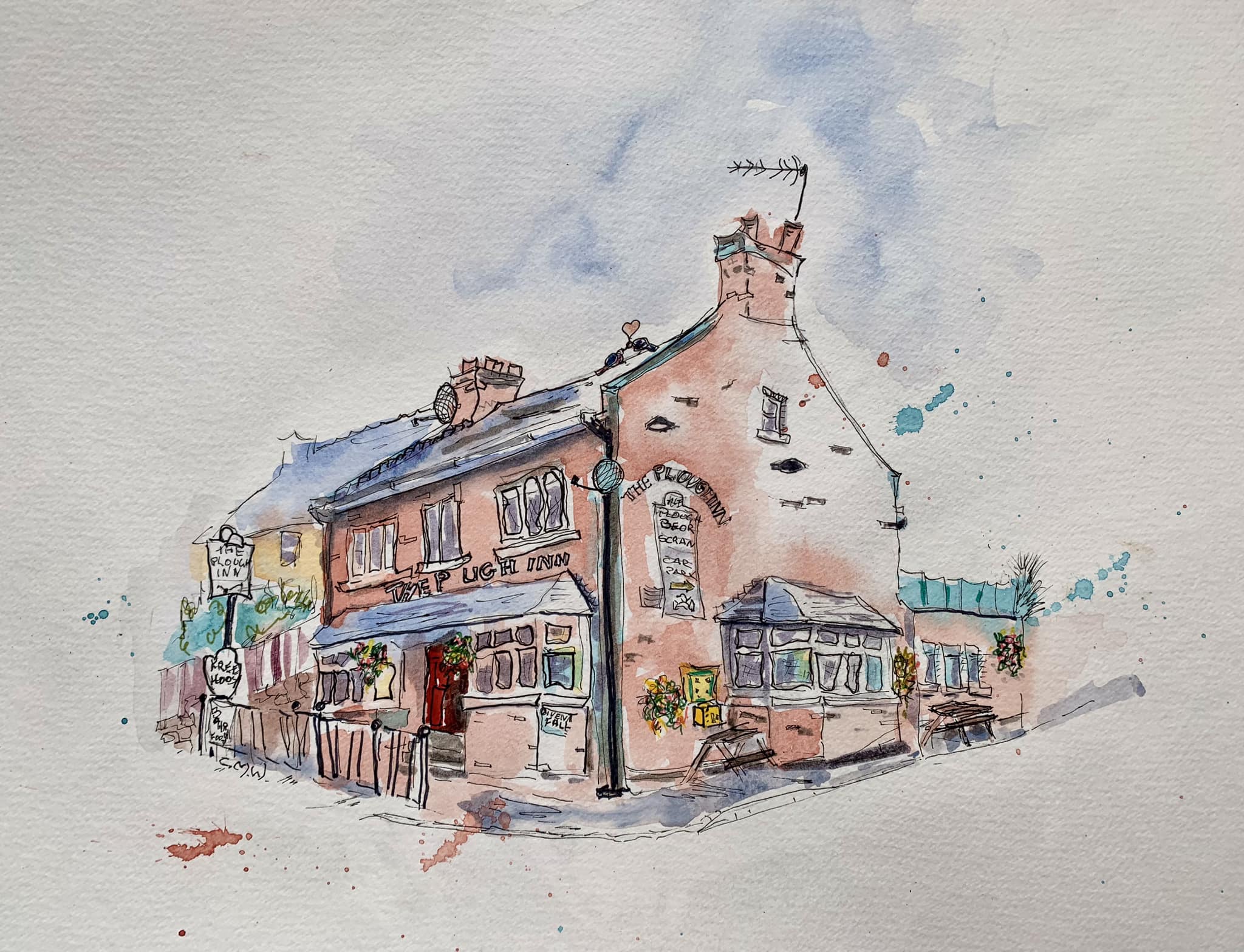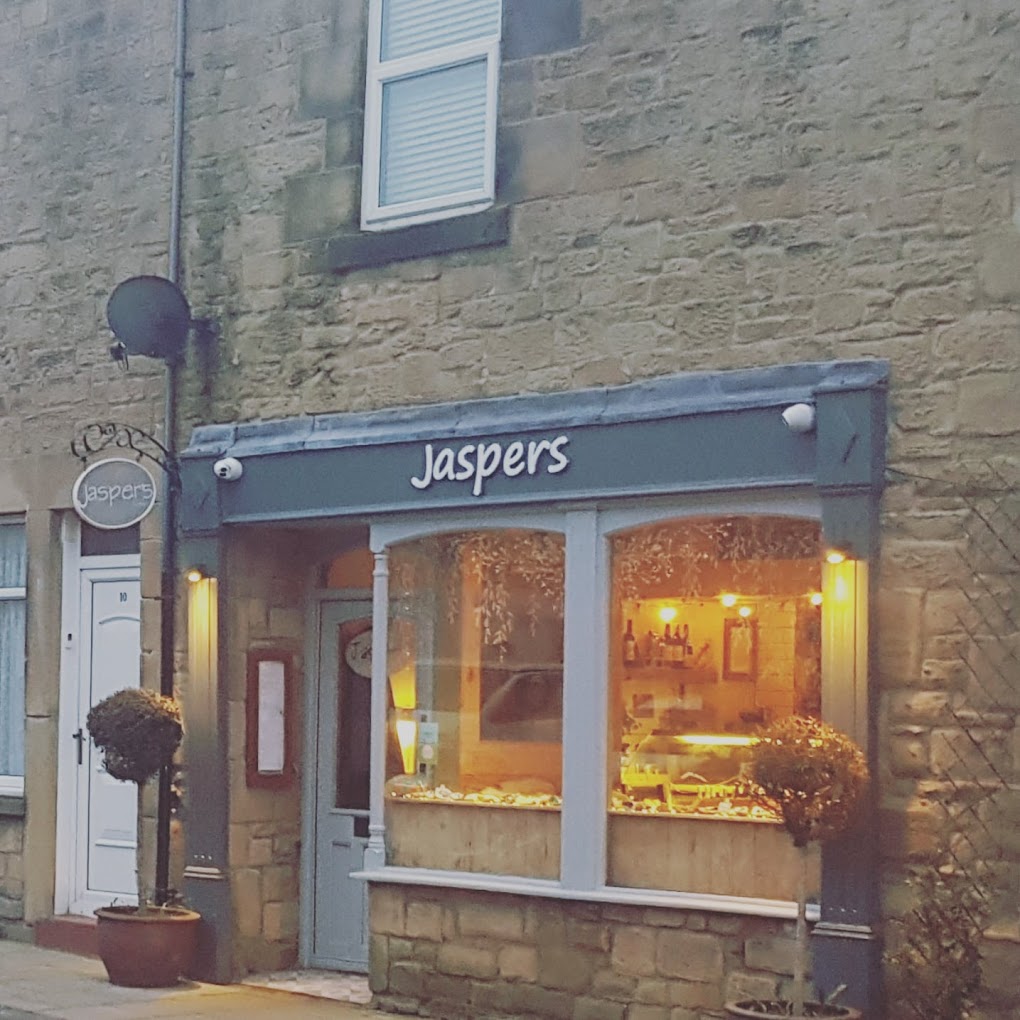The coffee roasting process is the method by which green coffee beans are transformed into the aromatic and flavorful coffee beans that we use for brewing. Here is an overview of the coffee roasting process:
-
Green Coffee Beans: Coffee beans start off as green, unroasted seeds obtained from coffee plants. These beans are typically imported from coffee-growing regions around the world. We direct from source (the farmers, you will find a lot of roasters buy from large importers which isn't bad but questions traceability, sourcing and price).

-
Preheating: The roasting process begins by preheating the roasting chamber or drum to the desired temperature. The temperature may vary depending on the roasting method and the desired roast level.
-
Loading the Beans: Once the roaster is preheated, the green coffee beans are loaded into the roasting chamber. The amount of beans loaded depends on the capacity of the roaster and the desired batch size.
-
Roasting: The roasting chamber is closed, and heat is applied to the beans. The temperature is gradually increased, and the beans undergo chemical changes. As the beans heat up, they go through various stages:
a. Drying Phase: The beans lose moisture, and the heat causes them to expand and turn yellowish in color. This phase is marked by a grassy smell.
b. Browning Phase: The beans undergo the Maillard reaction, where complex chemical reactions occur, resulting in the development of aromatic compounds. The beans turn brown, and the aroma starts to develop.
c. First Crack: As the temperature continues to rise, the beans reach a point where they crack audibly. This is known as the first crack, and it signifies that the beans have reached a light or medium roast level. At this stage, the coffee will have a lighter body and more acidity.
d. Development Phase: After the first crack, the roast can be stopped at any point to achieve different roast levels. If the roast is continued, the beans enter the development phase, where the flavors deepen, and the beans become darker and oilier.
e. If you use rubbish coffee you may want to dark roast! in which case your will need the "Second Crack" when the roast is continued further, the beans reach the second crack. The second crack is louder and more intense than the first crack. At this stage, the beans have a darker roast profile, with bolder, generic flavors and lower acidity. Roasts beyond the second crack are considered dark or very dark roast levels.
-
Cooling: Once the desired roast level is achieved, the roasted beans are rapidly cooled to halt the roasting process and prevent further heat absorption. This is be done using cool air.
-
Resting and Packaging: After cooling, the beans are allowed to rest for a period of time to stabilize and degas. This resting period allows the flavors to develop fully. Finally, the roasted beans are packaged and prepared for distribution or consumption.
It's important to note that the coffee roasting process can vary depending on factors such as the roaster's preferences, the type of coffee bean, and the desired flavor profile. Roasters often have their own unique techniques and variations to achieve the desired results.


